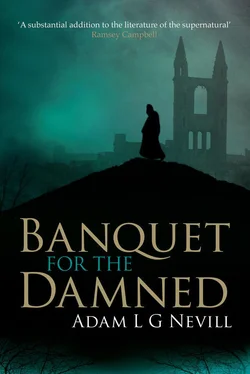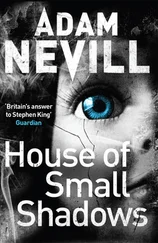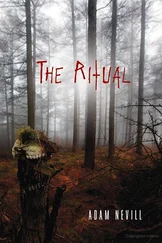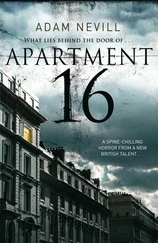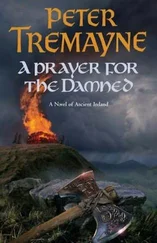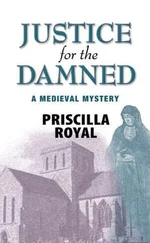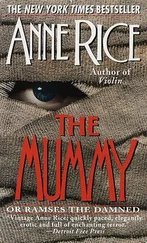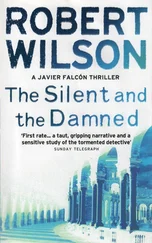Wilkins's next chapter takes Hart to the Reformation and the height of the Scottish witch persecutions. In 1643, both John Kincaid of Tranent and John Balfour of Corhouse, master prickers and witch finders, were summoned to St Andrews. Their business: the celebrated interrogation and trial of one Lady Anne Muir for her 'wickedness, impietie and hyneous abominations'. In Anstruther, Dysart, Culros, St Andrews, and other regions on the Fife Coast, her name was associated with chaos, fear, and every expression of black magic. Barley and oats had rotted for successive harvests; cattle were said to have been cursed and calves were stillborn; ships were wrecked and their crews perished; people in the towns became inexplicably ill with fevers. Anne Muir and her malignant carline, or dark familiar, were believed to be responsible. In due course she was, therefore, cleansed of impurity by pain and fire.
It seems that Anne Muir, in Wilkins's version, was a gentlewoman of great beauty, and had masqueraded as an epitome of nobility and grace. And only when her titled rivals at court began to protest against the nocturnal visitations of 'a misshapen thing in rags', was she charged with witchcraft. The investigation soon discovered a coven of 'persounes, aucht wemene and three men', all in her service and allegedly responsible for the devilry in St Andrews. Hart knows ordinarily he would find the reported hysteria and language in the text vaguely amusing, but he finds it difficult to even read parts of the story. Those passages detailing her suffering at the hands of her inquisitors are particularly distasteful.
After an immersion with her followers in the Witch's Pool, Muir suffered an inexorable agony under the implements called the Turkas and the Bootes . Her fingernails were removed with pliers, and pins were inserted to their heads in her fingers. Soon after the Bootes were put in place on her legs, crushing and bruising them until they were deemed 'unserviceable'.
In Wilkins's summary, it was claimed that the devil had entered her heart so deeply that even her blood was unclean and black. And yet, no confession was forthcoming, even after the Pilliwinkes were attached to her already tortured fingers. It was, however, the binding and wrenching of her head that destroyed 'her excellent beauty' and broke the resolve of Muir.
Apparently dead from her injuries, she was partially torched and then buried in consecrated ground. Her coven were 'burnt at a steake till they be dead' and their ashes were scattered to the winds. After their demise, the Brown Man, who had been known to drag the sleeping town youths from bed by their hair, was not seen again.
It sounds like a typical reaction from zealots, ridding themselves of guilt, confusion and fear at the expense of an innocent woman. An example of the town's puritanical malice. But the information is frighteningly coincidental and matches his night-terror research at a fundamental level. What's more, Eliot wanted him to see the material. And Ben Carter killed himself as a result of studying it.
And would it sound so implausible to him, Hart muses, if he heard about it in Africa or the Amazon? Perhaps enlightenment, technology and secularisation haven't cleared Europe of the oldest science of all — the occult.
The appalling fate of so many witches gives him a new perspective on the town too. He finds it hard to comprehend the sheer scope of brutality and injustice occurring within a stone's throw of where he currently sits. Despite the veneer of tranquillity in present-day St Andrews, he begins to imagine a power of unrest beneath the solid rock of the town's magnificent structures and ruins. Could such stains ever be removed?
When he nears the end of the long and detailed accounts of merciless torturers and seemingly ridiculous accusations, Hart finds a specific commentary on the Brown Man of St Andrews:
It seems almost certain that the witch, Anne Muir, was in possession of a familiar. From a covenant with the devil, she owned or was owned by a spectre. The worryings, molestations and nocturnal hauntings were thus made by her Brown Man in the town of S Andrews. Cloaked in invisibility and projected through sleep, it inflicted severe and sometimes mortal wounds upon its victims. There are suggestions that the spectre grew in corporeality, clothed in the fear and blood of the poor wretches visited. Similarities can be drawn with the terrible black dwarf, called Filius Artus, the familiar of Lady Alice Kyteler of Kilkenny, and the black thing called Grimoald, that accompanied Cromwell after his initiation with the rabbi, Menasses Ben Israel, in Amsterdam.
Anne Muir's Brown Man allegedly resembled the satyr: terribly emaciated and thin-legged with a coif or cowl for its scant raiment. It was said to have accompanied Muir to every social function. At the Bishop's Palace after the estates had met in Parliament Hall, certain guests (among them Mary Campbell — who we can only assume was gifted with the second sight) were filled with a suffocating anxiety and unease upon Anne Muir's entrance. Mary Campbell's faint, and the unnatural epilepsies of two serving girls, were believed to have resulted from a sighting of the Brown Man in all his glory, at Muir's side. It was said to have assisted in the churchyard-Sabbaths and was even noted to sit behind her in church service, its smile matching hers, as they mocked Christ the Saviour and the sanctity of the church by their very presence. In the street at night, it was seen behind her, and there were several sightings of its abominable face at the windows of Muir's residence. Even King James VI of Scotland, in his famous Daemonologie has written: 'To some of the baser sort of them he obliges himself to appear at their calling upon him … which he shows unto them either in likeness of … an ape, or such-like other beast.'
It is quite possible that the Brown Man is also connected to King Arcan, as described in the anonymously authored, and frightfully illustrated, An Elizabethan Devil-Worshipper's Prayer Book . Arcan, drawn from life, was pitch-black and long-toothed.
But even that is not as upsetting to Hart as the final passage detailing Anna's Muir's trial. It seemed that Muir was defiant to the point of death. When he reads of her final cries, in the cathedral where she was tried, he goes dizzy. She cursed the town as she was led to torture. Her work had been postponed, but her last words promised that the Dies Irae — The Day of Wrath — would still destroy S Andrews.
After Hart closes Wilkins's Geography of the Black Arts , he sits for a long while, unable to move. The profoundest fear he can remember seems to pull his shrivelled balls up inside his body. It is difficult to even see straight. Hazy but irrepressible images of something thin and brown prance through his imagination.
'Still here?' Rhodes says, breaking Hart's trance. 'Nearly two. We close the archive soon, you know. We'll be open later this evening, and again tomorrow. But I'm afraid I'll have to turf you out now.'
Hart turns his ashen face to the old librarian.
'Was it of any interest?' Rhodes asks, looking concerned.
'A real page-turner,' Hart rasps.
Rhodes sniffs and nods toward the book. 'Grisly stuff, aye?'
'Yeah. I can't thank you enough, Mr Hodgson.'
'Quite all right,' he says, distractedly, and begins rummaging along the top shelves of the reading room. Hart says goodbye to the elderly librarian and then makes his way back up the stairs to the ground floor. If Eliot sent Hart to the library to find the truth, then the town faces the biggest threat yet in its long existence.
Unable to face the door to his indefensible flat right away, Hart goes looking for a drink. After a morning of revelation in the library, he needs to be among the ordinary people who walk the streets. He needs to breathe the cool air of the everyday world and buy whisky.
Читать дальше
